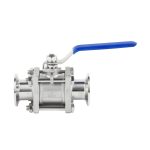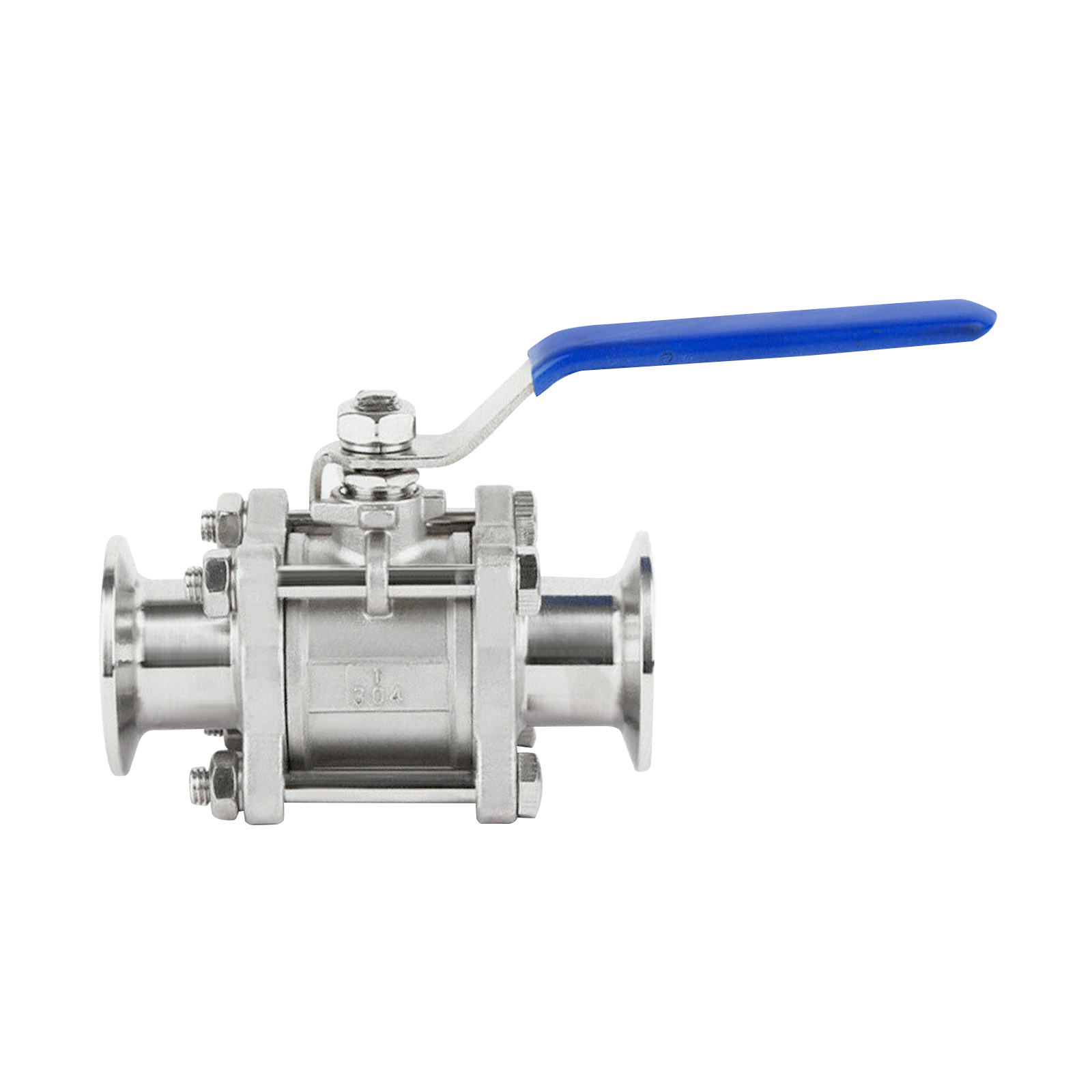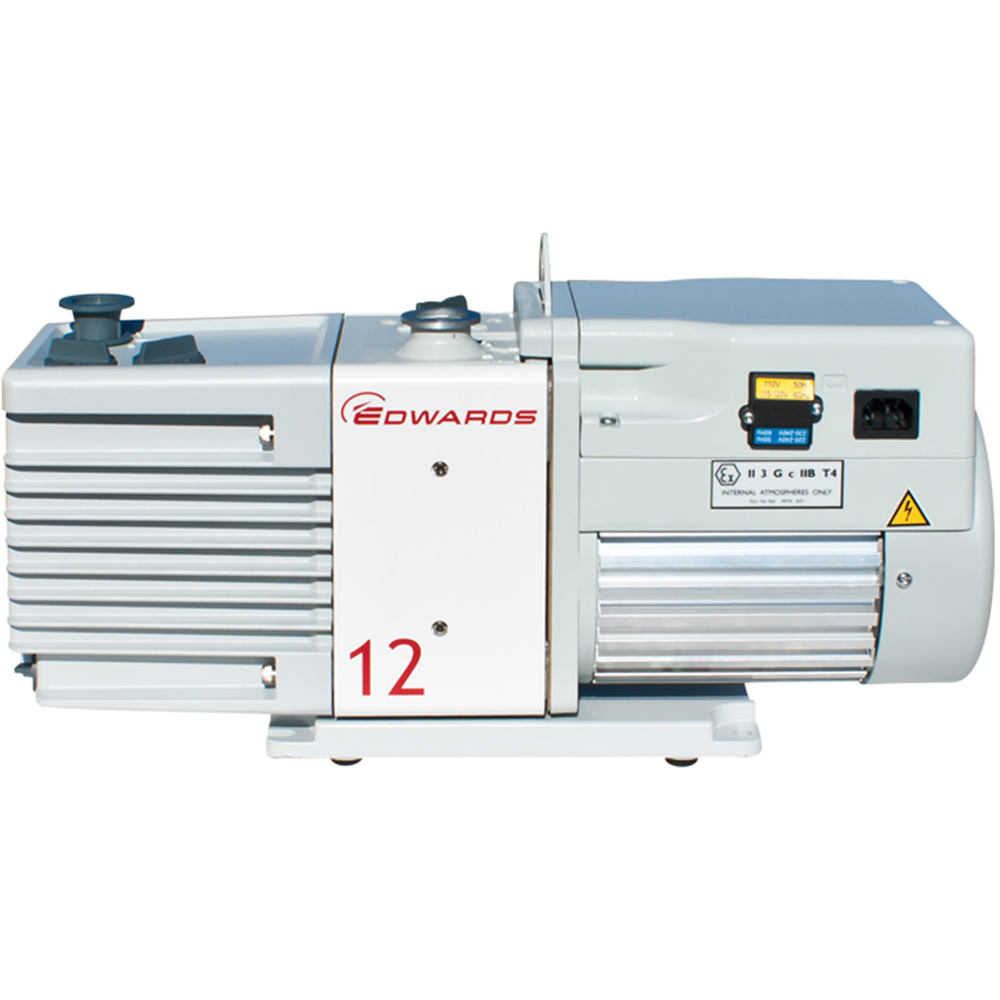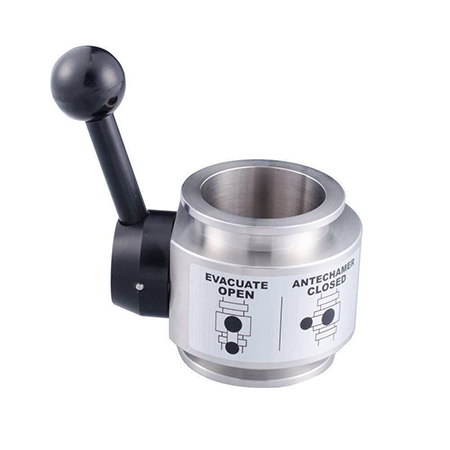
Installation, Debugging and Fault Maintenance Method of Pressure Reducing Valve
1.Overview of pressure reducing valve:
The pressure reducing valve is a valve that reduces the inlet pressure to a certain required outlet pressure through adjustment, and relies on the energy of the medium itself to automatically maintain a stable outlet pressure. From the point of view of fluid mechanics, the pressure reducing valve is a throttling element whose local resistance can be changed, that is, by changing the throttling area, the flow velocity and the kinetic energy of the fluid are changed, resulting in different pressure losses, so as to achieve the purpose of decompression. Then rely on the adjustment of the control and regulation system to balance the fluctuation of the pressure behind the valve with the spring force, so that the pressure behind the valve remains constant within a certain error range.
- Installation and debugging of pressure reducing valve
- Before installing the pressure reducing valve, whether the nameplate conforms to the required valve and whether there is any serious damage on the outside. Fully flush the pipeline and flush the pressure reducing valve. If the pressure reducing valve has been stored for too long, the inside of the pressure reducing valve should be fully cleaned.
- If the valve itself does not have a pressure gauge, a pipe pressure gauge should be installed before and after the valve.
- In order not to affect the use effect of pressure reduction, while taking into account the convenience of installation and maintenance, the general pressure reducing valve should be installed on the horizontal pipeline, and the bellows pressure reducing valve is inverted.
- Before installation, you must pay attention to the arrow direction on the valve body. The arrow points to the direction of the medium flow. If the medium contains impurities, it may block the valve hole. A pipe filter must be installed about 1 meter before the inlet of the pressure reducing valve to filter. The best number of meshes is above 20.
- In order to prevent accidents of pressure overpressure after the valve, a safety relief valve should be installed 4 meters from the outlet end of the pressure reducing valve.
- Common faults and maintenance methods of pressure reducing valve
- The medium cannot pass or the throughput is very small.
In this case, the channel is generally blocked, and the channel dirt can be removed.
- Pass through.
- The piston is stuck. Method: Remove the dirt between the cylinder liner and the piston.
- The main and pilot valve stems are stuck in the guide hole. Method: Grind the outer diameter of the main valve and pilot valve stem with gauze paper.
- Dirt stuck on the sealing surfaces of the main and pilot valves. Method: Remove dirt.
- The diaphragm is damaged. Method: Replace with a new diaphragm.
- The pressure cannot be adjusted.
- The clearance between the cylinder liner and the piston is too large. Method: Replace the cylinder liner or piston.
- The adjustment spring is strained or the adjustment range exceeds the upper and lower limits of the spring. Method: Replace with a new or suitable spring.
- The pressure behind the valve is unstable.
- The inlet pressure fluctuation range is too large. Method: Try to keep the inlet pressure fluctuating within a small range.
- The difference between the required flow and the actual flow is too large. Method: recalculate the flow rate and select a suitable caliber.







